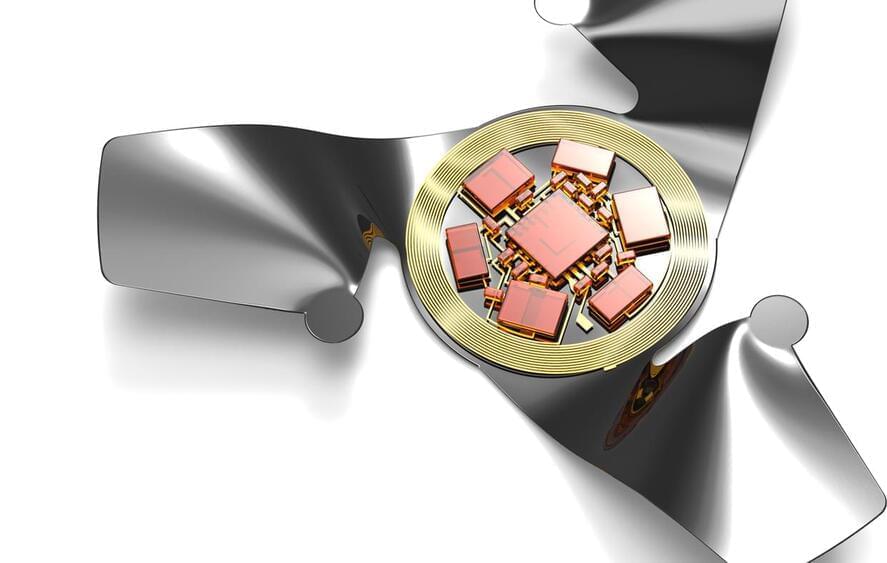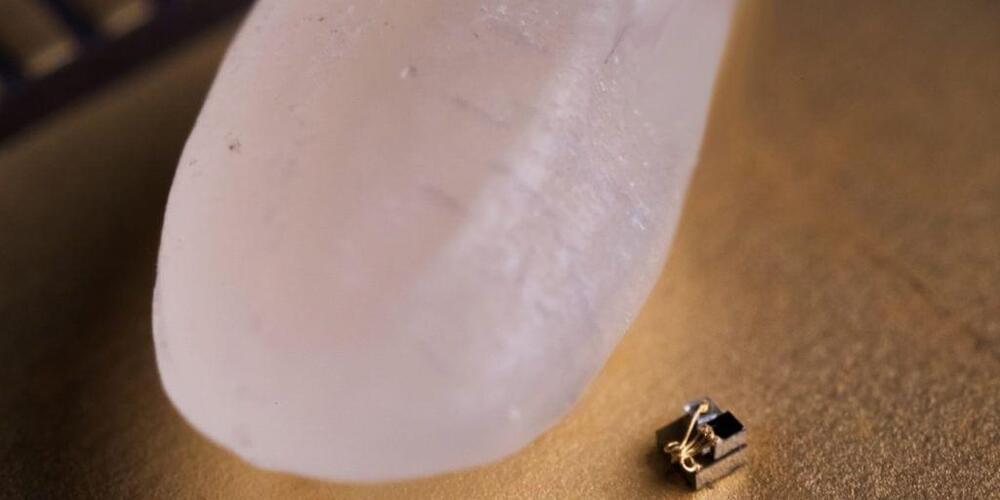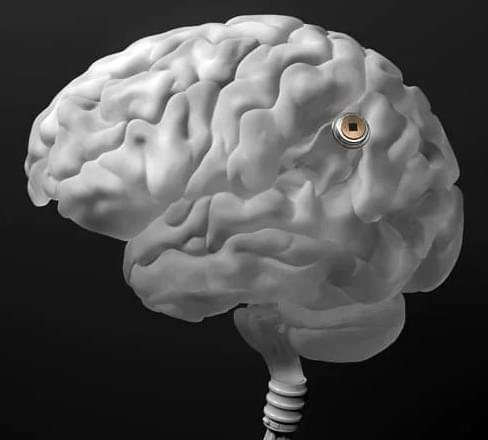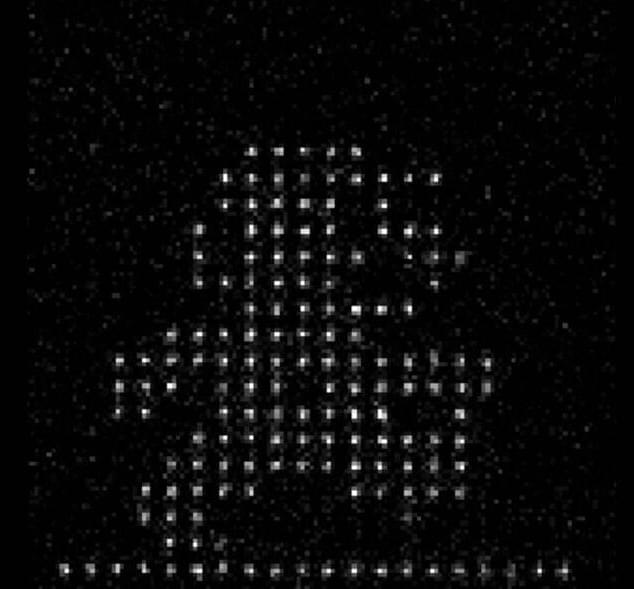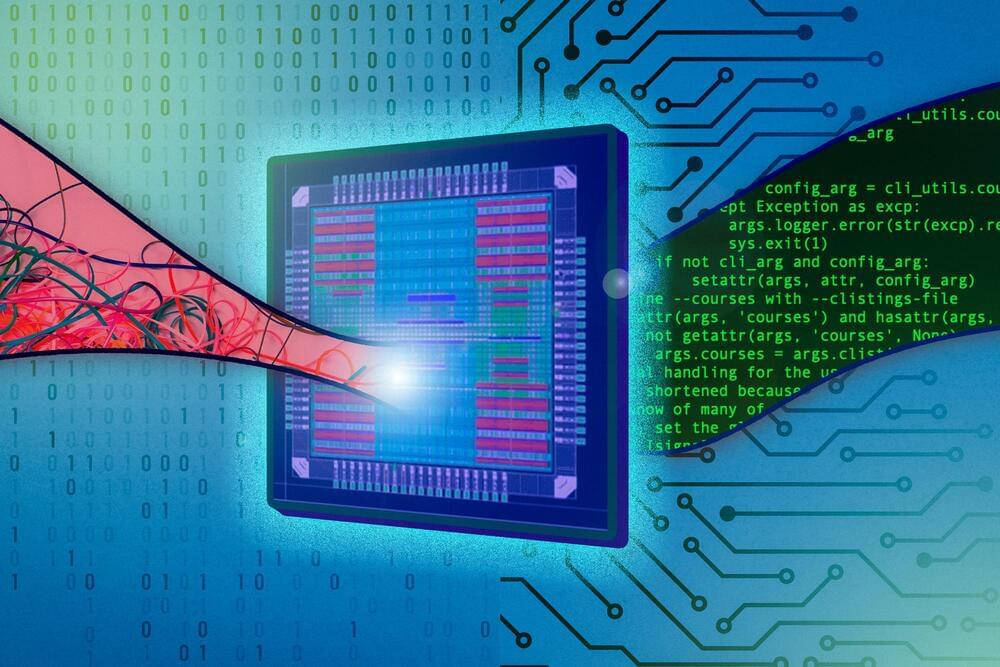Sep 25, 2021
COUNTDOWN to NEW RELEASE!!!
Posted by Alex Vikoulov in categories: computing, cosmology, quantum physics, singularity
THEOGENESIS: Transdimensional Propagation & Universal Expansion ― my new book on quantum cosmology, computational physics and posthumanism ― is about to be released by Ecstadelic Media Group on October 1 2021!
Here’s the Table of Contents:
Introduction.
1. Our Post-Singularity Future: Are We Destined to Become Cybergods?
2. Transcension: Exponential Miniaturization.
3. Computational Physics: Reinterpreting Relativity.
4. Transcendental Cybernetics: The Ultimate Code of Reality.
5. Universality of Computation.
6. Quantum Gravity: Quest for the Final Theory of Everything.
7. The Shadow Multiverse: Parallel Space-Times, Dark Matter and Dark Energy.
8. Ontological Holism: All is One, One is All.
9. Why Materialism is a Flatlander Philosophy.
10. Seeking the Ultimate Truth: The Battle of Ideologies.
11. Quantum Cosmology: From the Holographic Principle to the Fractal Multiverse.
12. The Omega Singularity: Your Cosmic Self.
13. The Axioms of Divinity: Cybertheistic Foundation.
14. Experiential Matrix: A Playground of Subjectivity.
15. Transcendent Realm: Redefining God.
16. God of Spinoza: The Conscious Universe.
17. A New Kind of Pantheism: The Cybertheism Argument.
18. Are We Alone in the Universe?
19. The Chrysalis Conjecture: Our Second Womb.
Conclusion.
Appendix A. Tenets of The Cybernetic Theory of Mind: The Five Foundational Axioms.
Glossary of Terms.
Acknowledgements.
About the Author.
Bibliography.

